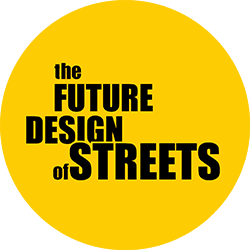TYPOLOGY
“One thing that very important when it comes to street design is to understand its principle and role in the city. Not every square can be the main square, not every street can be the main street”
Martin Arfalk
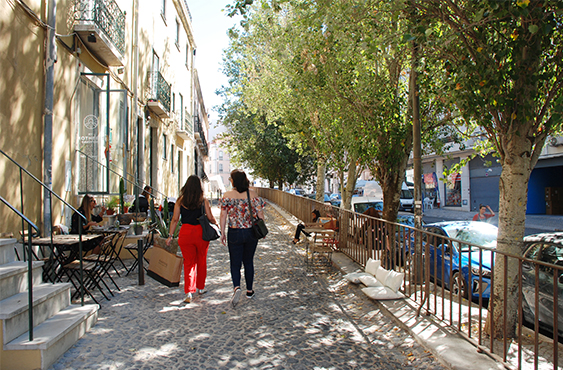
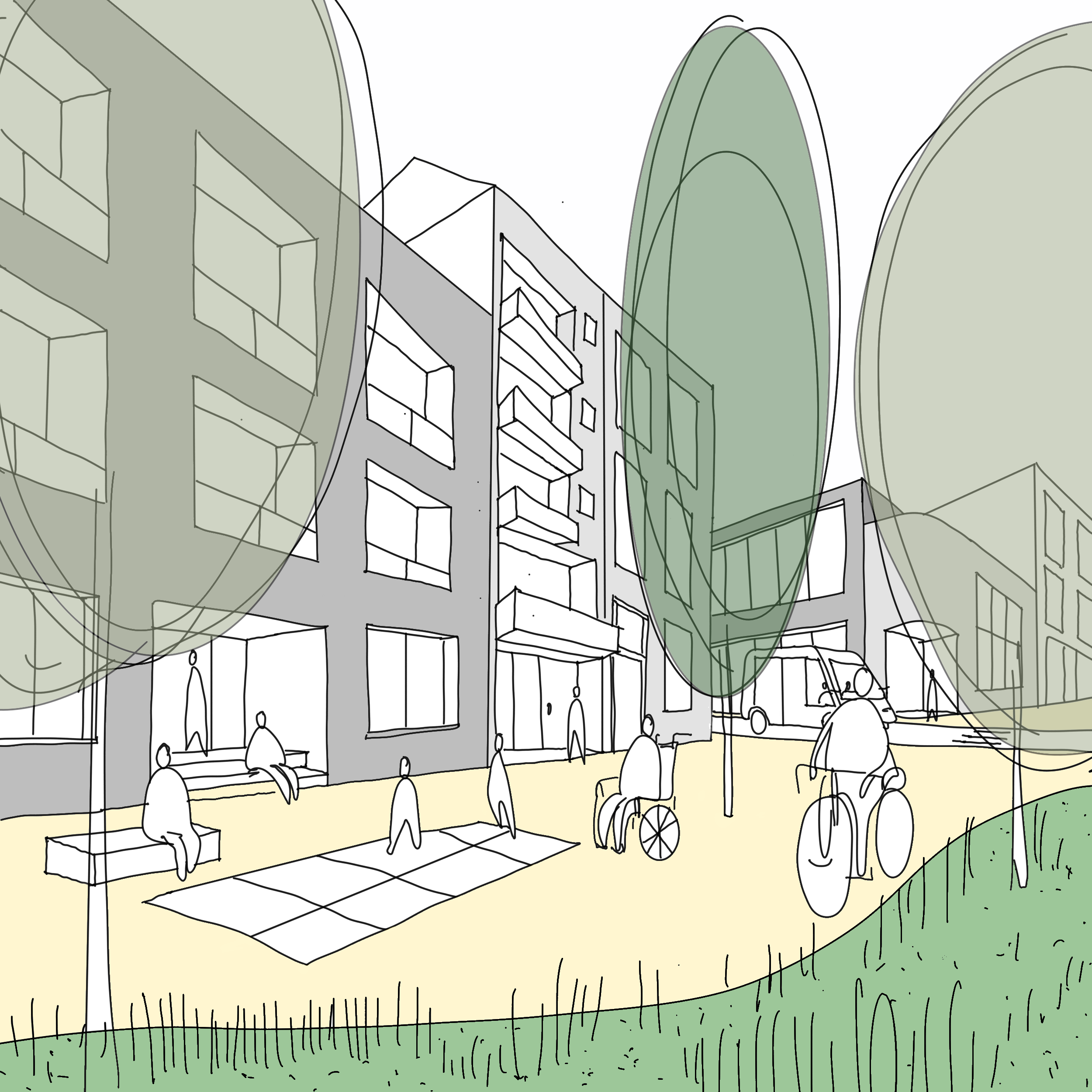
GARDEN STREET
Local streets can be redesigned as green spaces that provide room for all of social activities, in which proximity to flora and fauna is established. This is also a street for leisure ans recreation, for pedestrians and cyclists.
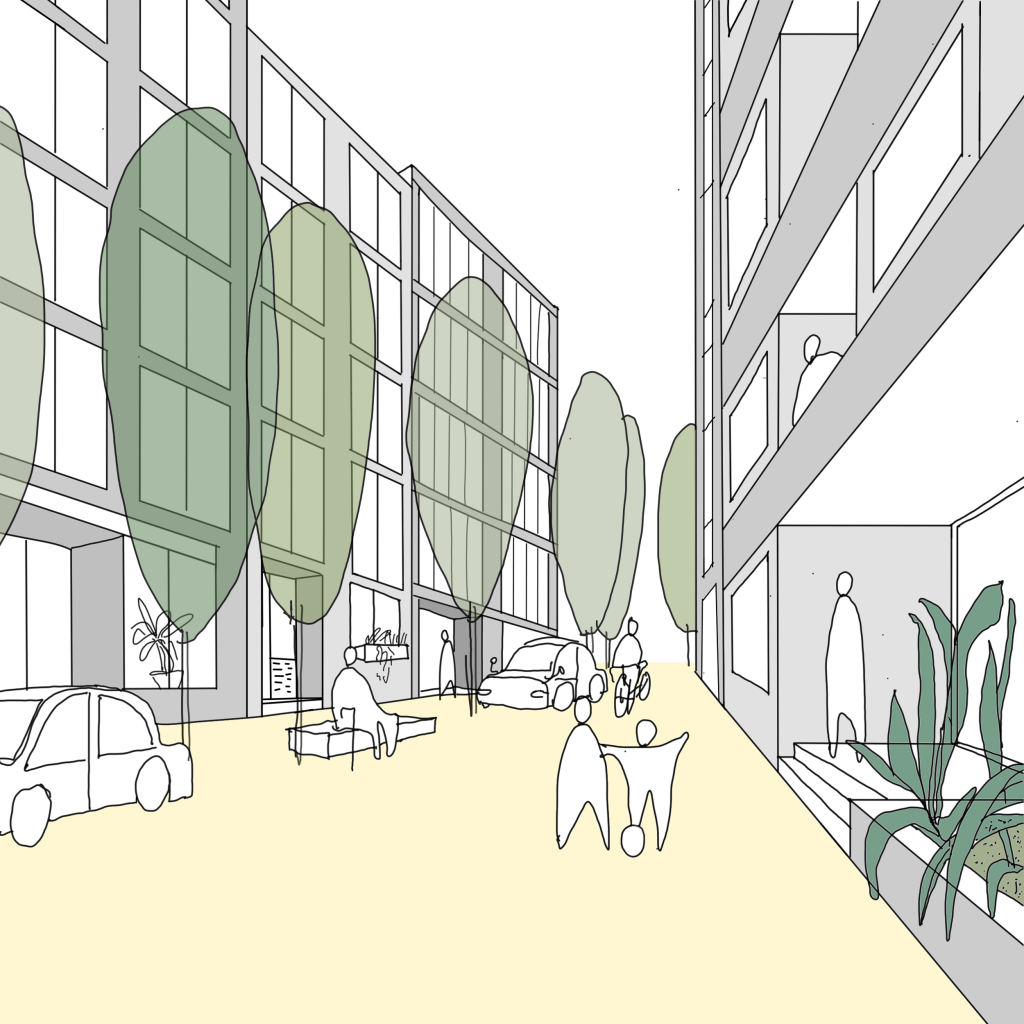
SHARED STREET
This is a “woonerf”, a street space with shared mobility, giving priority to pedestrians first, then cyclists and lastly to motorised vehicles. A street that complements and expands the domestic space. It is an extension of the house, it enables uses that sometimes are not possible in an increasingly limited domestic space.
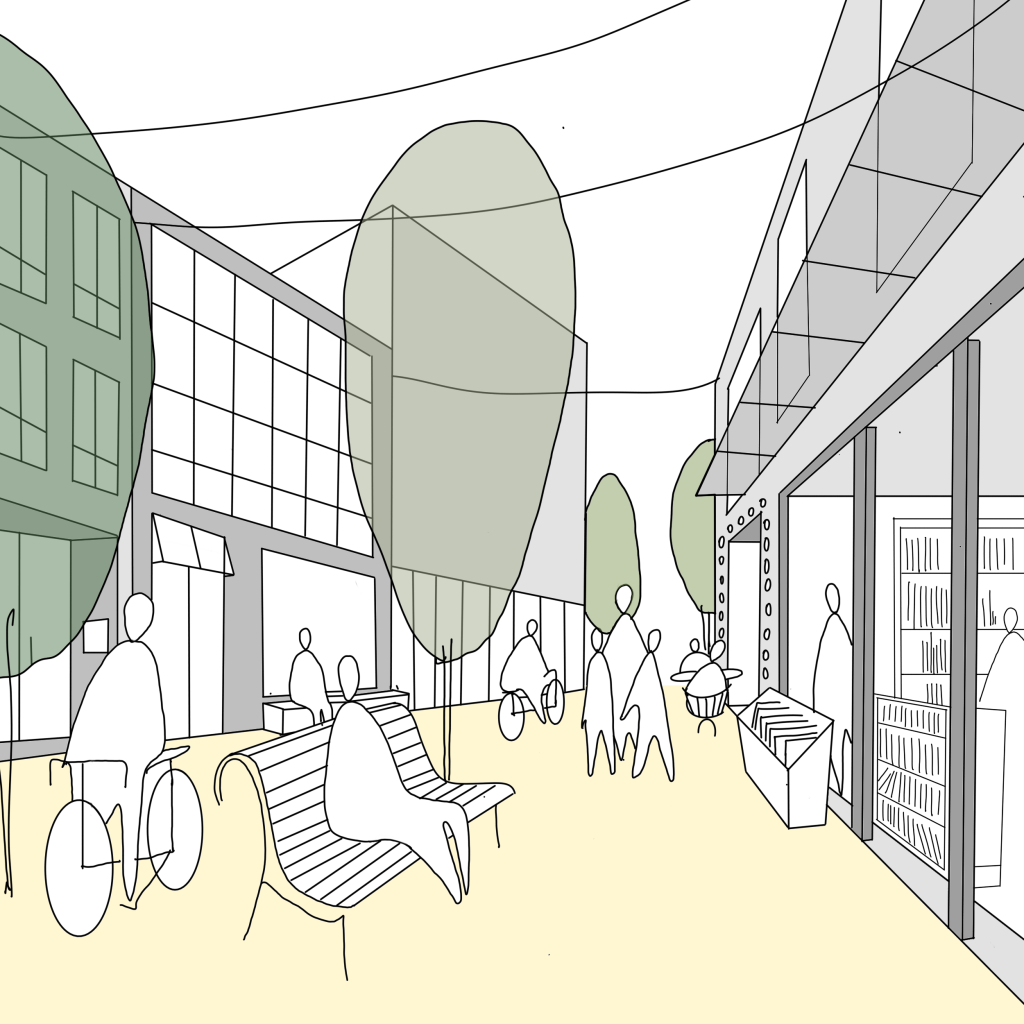
SHOPPING STREET
There are many small-local large-urban shopping streets. There are streets that are specialised in shopping, drinking&eating, leisure. Streets that serve a private space dedicated to commerce, but also those that regularly host a market. The shopping street may be permanet, yemporary or periodical.
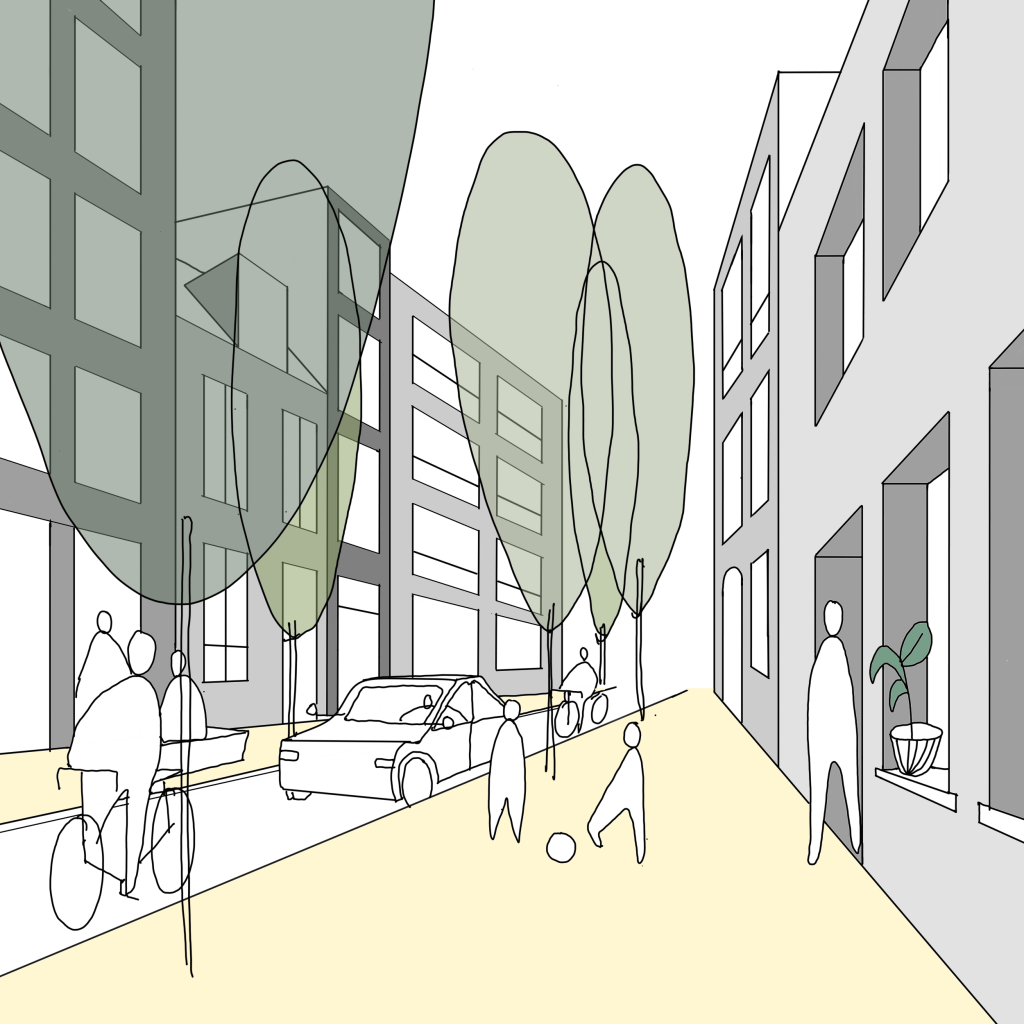
RESIDENTIAL STREET
Many regular streets combine different types of flows – separeted for pedestrians, cyclists, drivers – and places to stay (pedestrian areas). Street parking is standard in these streets. The regular street is based on a conventional system of spatial organisation and functional specialisation. Pedestrian area, cycling lanes, car park area, tree planting, service zone and driving lanes for (fast) motorised vehicles.
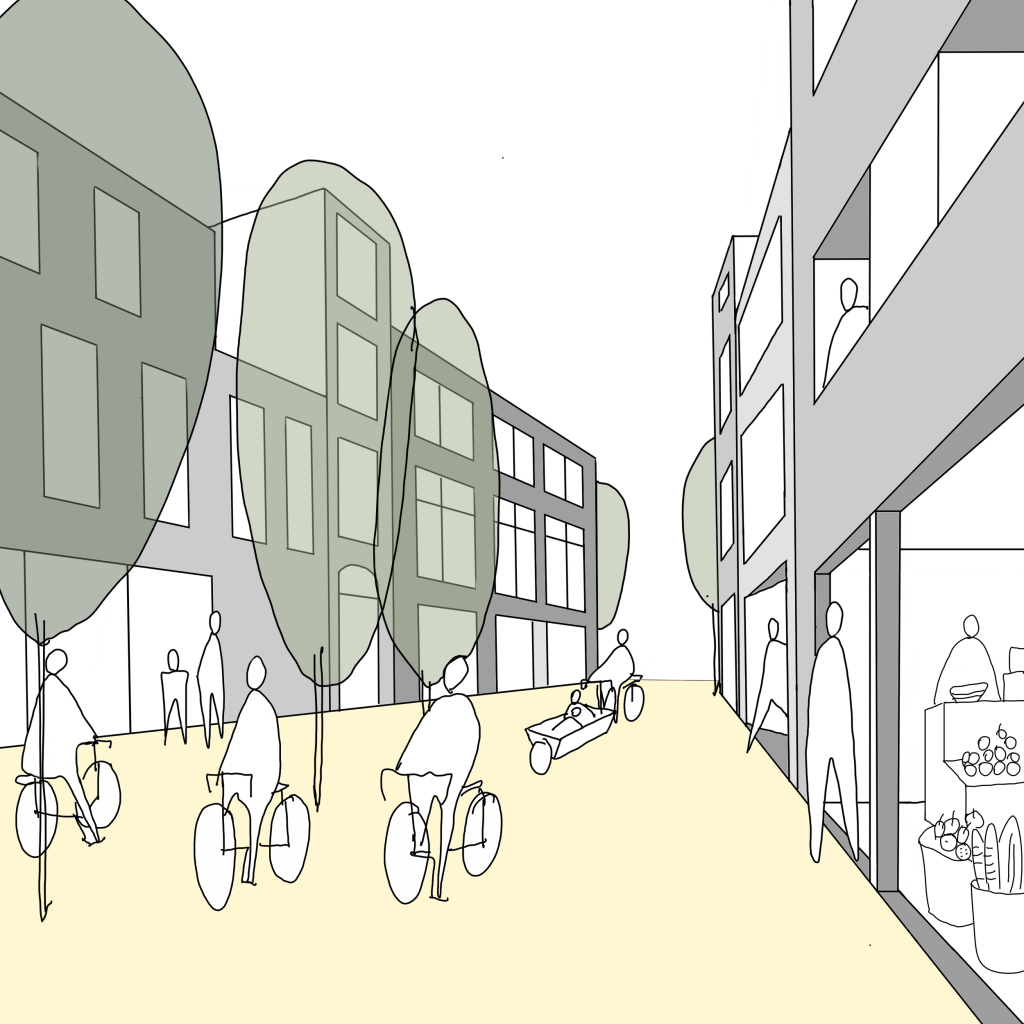
BIKE STREET
Imagine streets without any cars or other large motorised vehicles. In a bike street everything goes by bikes: moving, parking, accessibility, delving, loading&unloading, small emergency assistance. Of course, in a good harmony with pedestrians.
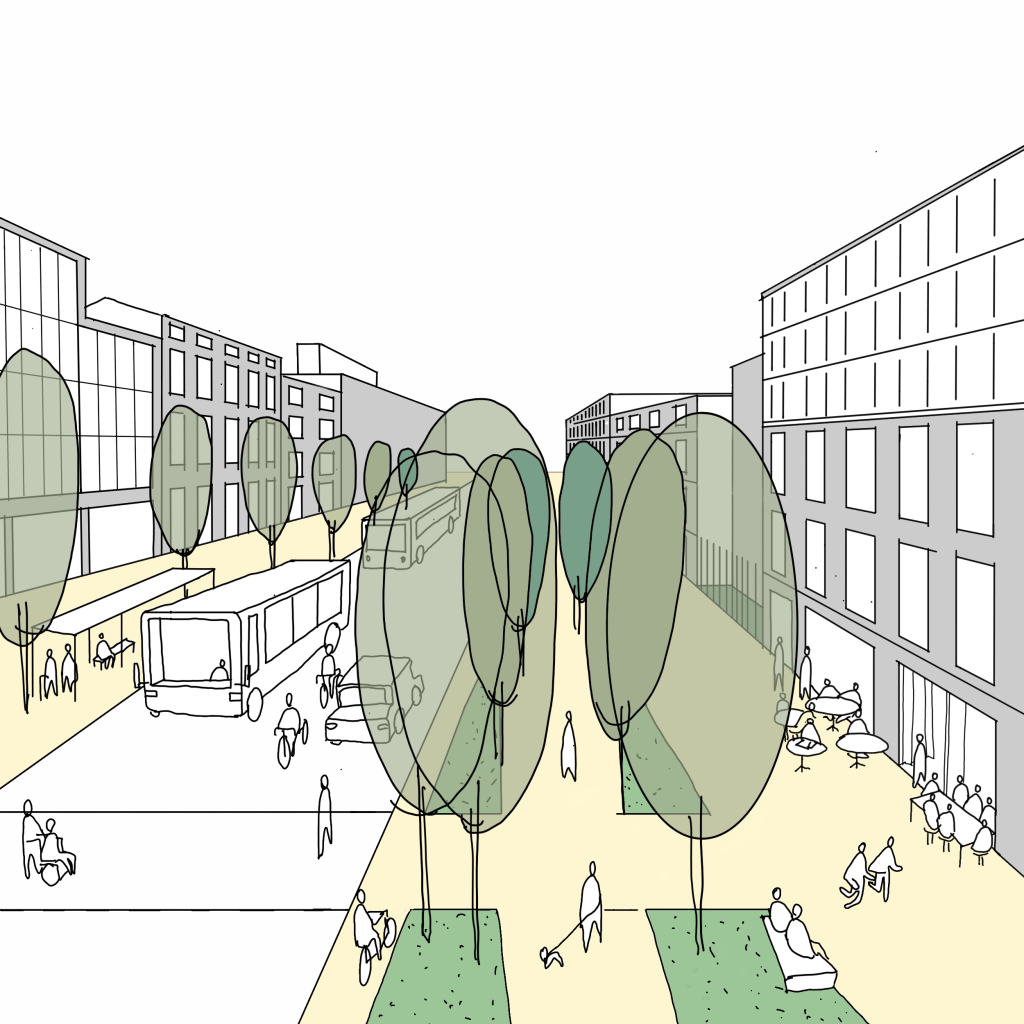
AVENUE/BOULEVARD
Big streets that have an important position in the overall mobility infrastructure network. Streets that are important to facilitate major mobility flows (where other streets converge), and ensures accessibility on a large scale. These streets are often planned within the existing city or as part of new urban extension areas.
